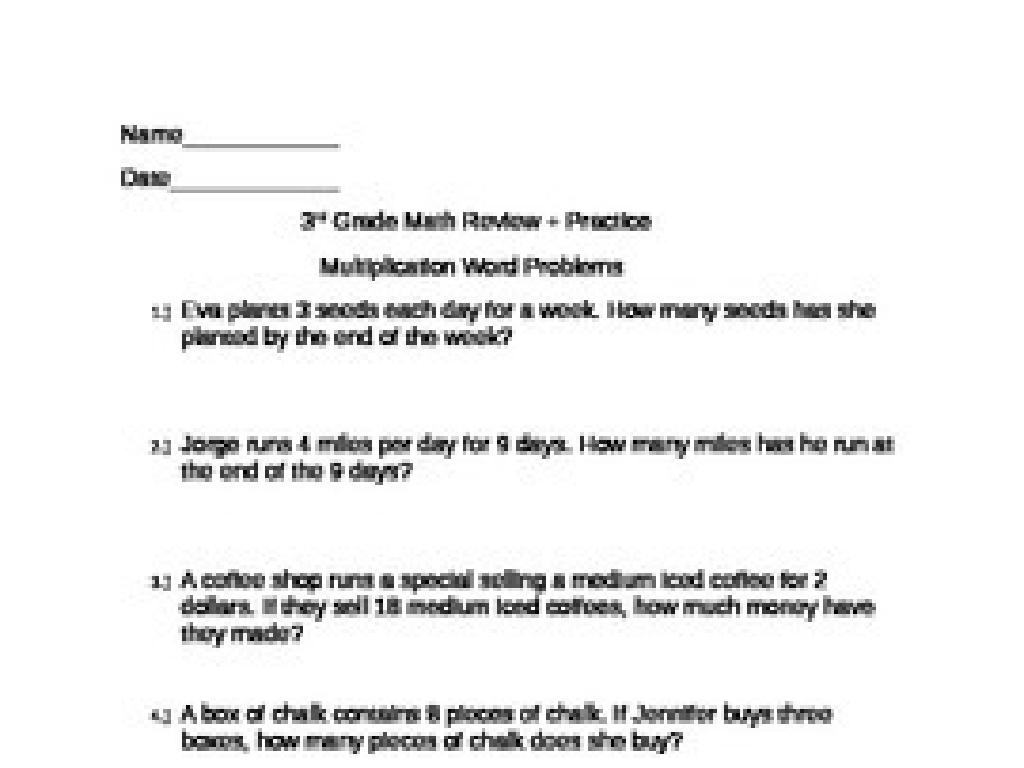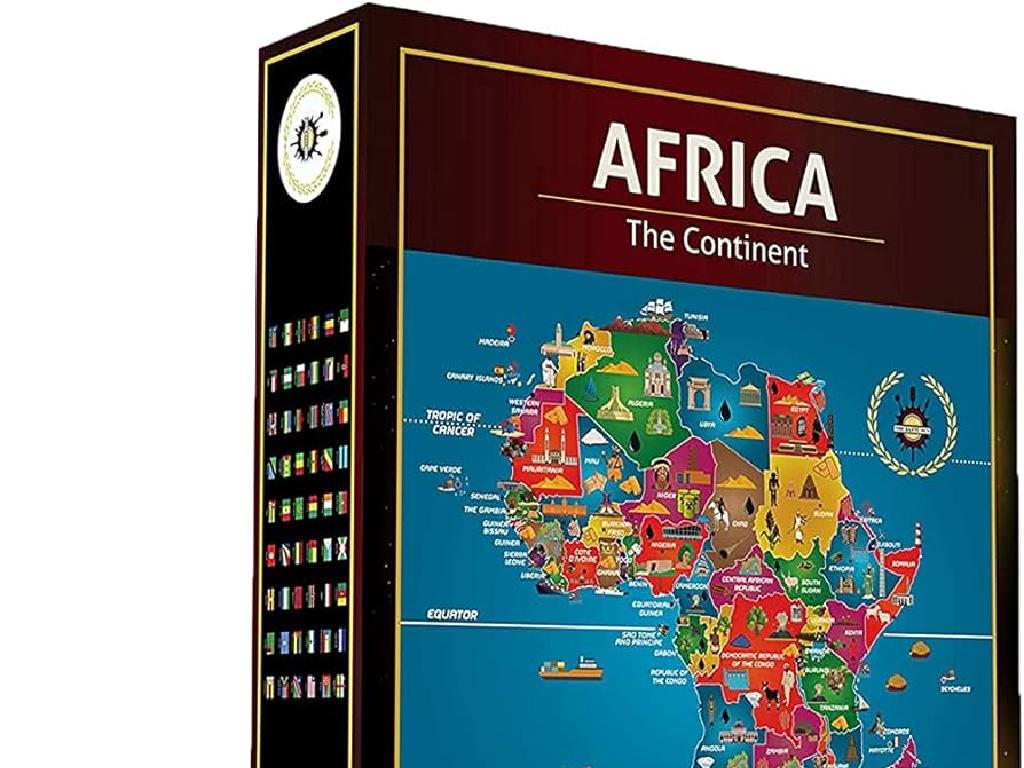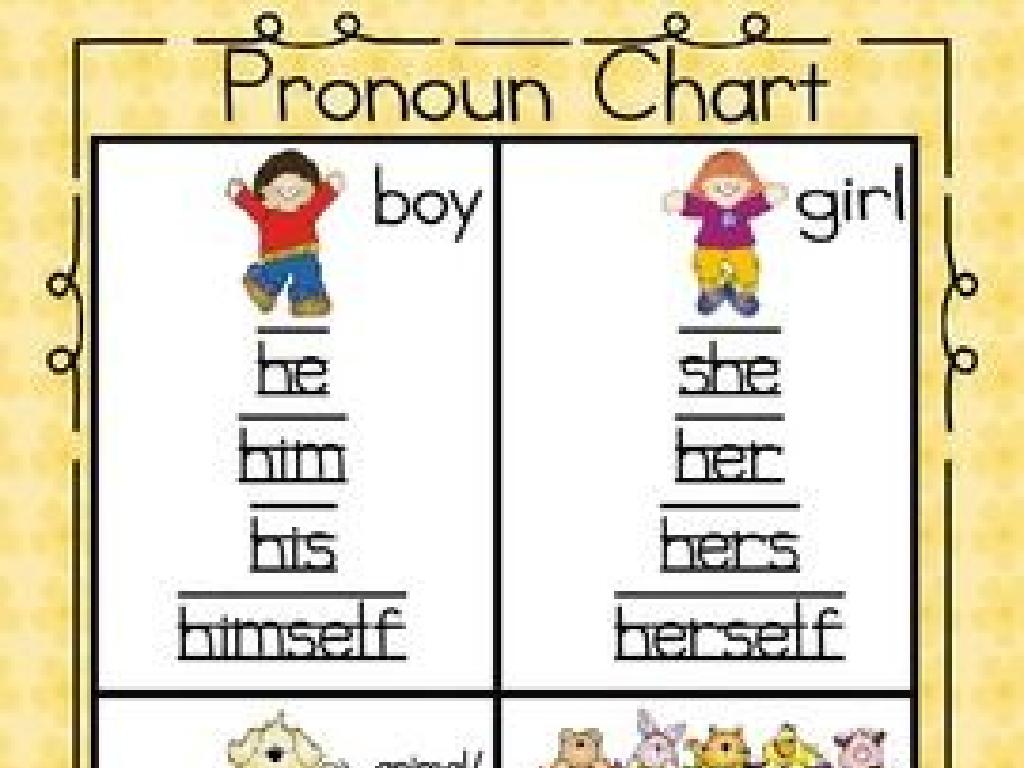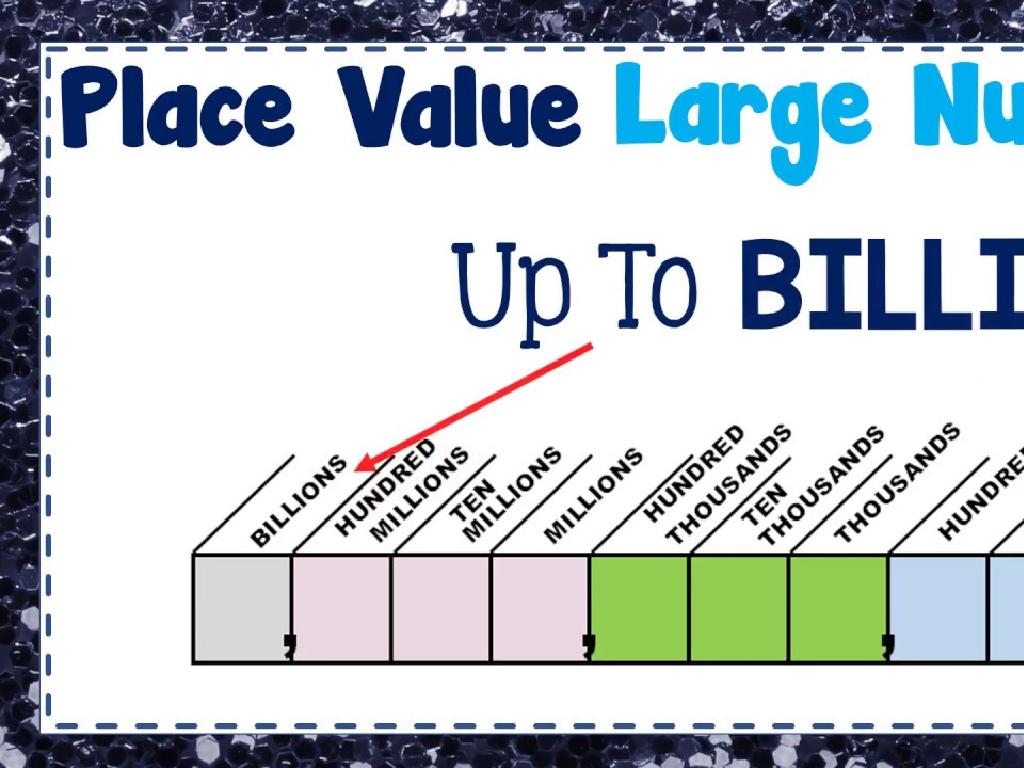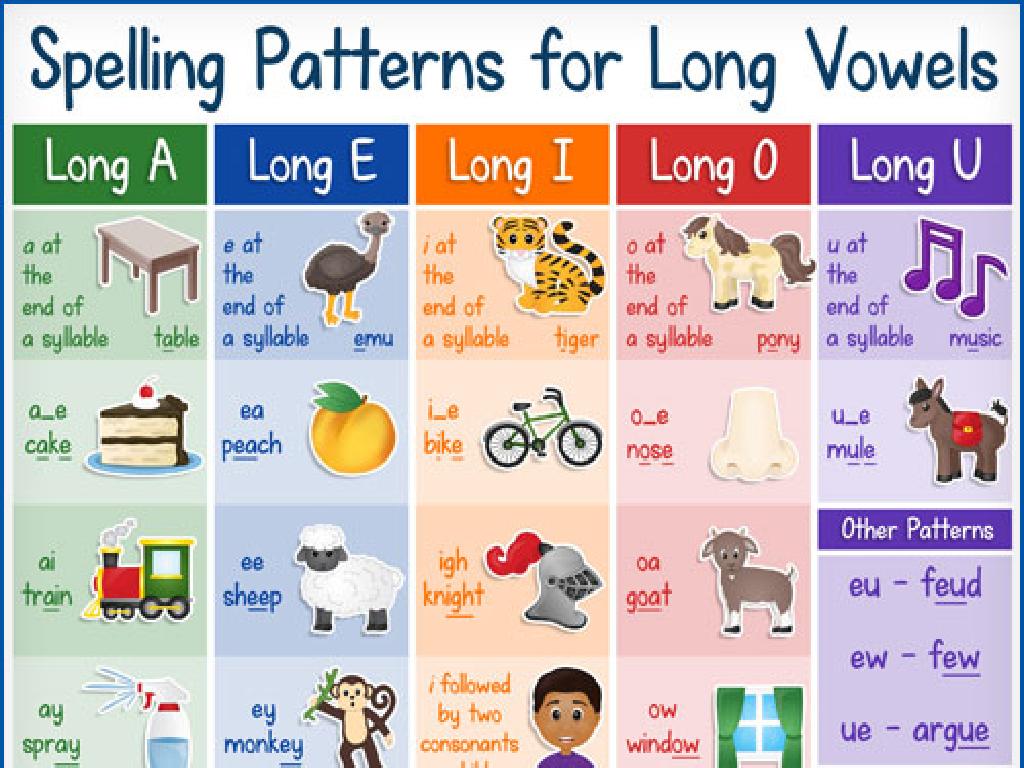Select The Thirteen Colonies
Subject: Social studies
Grade: Eighth grade
Topic: Colonial America
Please LOG IN to download the presentation. Access is available to registered users only.
View More Content
Exploring the Thirteen Colonies
– Introduction to Colonial America
– What are colonies?
– Settlements ruled by a foreign power
– Overview of the Thirteen Colonies
– Learn about each colony’s founding, geography, and economy
– Significance in American history
– These colonies formed the first states of the USA
|
This slide is designed to introduce students to the concept of Colonial America and set the stage for a focused discussion on the Thirteen Colonies. Begin with a brief introduction to the period of Colonial America, highlighting the European exploration and the establishment of overseas settlements. Explain the concept of a colony as a territory under the immediate political control of a state, distant from the authorities of the colonizers. Provide an overview of the Thirteen Colonies, including their founding, geographic location, economy, and culture. Emphasize the importance of these colonies in the history of the United States as they laid the foundation for the first states and ultimately the nation. Encourage students to think about how these early colonies might have shaped the America they know today.
Understanding Colonies in Colonial America
– Define a colony
– A territory under the immediate political control of a state
– Reasons for colonization
– Economic gain, religious freedom, and expansion of empire
– Colonies in the British Empire
– They were sources of raw materials and markets for goods
|
This slide aims to provide students with a foundational understanding of what a colony is and the motivations behind establishing colonies, particularly in the context of the Thirteen Colonies in Colonial America. A colony is typically a territory controlled and governed by a foreign power. The British established colonies for various reasons, including the pursuit of economic benefits, the desire for religious freedom, and the expansion of their empire. Within the British Empire, colonies played a crucial role by supplying raw materials not readily available in England and serving as markets for British manufactured goods. This facilitated the growth of the British economy and increased its influence globally. Encourage students to think about the implications of these colonies on the native populations and the eventual push for independence.
The Thirteen Colonies: Geography and Distribution
– Identify colonies on a map
– Use a map to locate each colony
– Name colonies North to South
– Start with New Hampshire, end with Georgia
– Discuss geographical diversity
– Compare New England’s rocky terrain to the Southern plantations
– Understand regional differences
– Explore how geography influenced economy and culture
|
This slide aims to help students visually locate and name the Thirteen Colonies, enhancing their understanding of the geographical scope of early America. By naming the colonies from North to South, students will gain a sense of the expanse and order of colonization. Discussing the geographical diversity will allow students to appreciate the variety of landscapes, climates, and natural resources that influenced colonial life and development. Emphasize the impact of geography on the economic and cultural differences between the regions, such as the prevalence of farming in the South due to fertile land versus the industrial and maritime economy in the rocky North.
Life in the Thirteen Colonies
– Daily life varied by colony
– New England’s harsh climate led to a focus on shipbuilding and fishing, while Southern colonies relied on agriculture.
– Diverse economic activities
– The Middle colonies were known as the ‘breadbasket’ for their grain production, and the South exported tobacco and cotton.
– Trade was a lifeline
– Trade routes connected the colonies with Europe, Africa, and the Caribbean, facilitating the exchange of goods and culture.
– Rich social and cultural life
– Colonial life included religious practices, education, and community events, which differed greatly between colonies.
|
This slide aims to give students a snapshot of the diversity in the daily lives of people in the Thirteen Colonies. Emphasize the regional differences in economy due to geography and climate, such as the agricultural focus in the South versus the maritime economy in New England. Highlight the importance of trade in connecting the colonies to the wider world and how it influenced the social and cultural fabric of colonial society. Encourage students to think about how these factors shaped the unique identities of each colony. Provide examples such as the role of town meetings in New England and the plantation culture in the South to illustrate social and cultural aspects.
Governing the Thirteen Colonies
– Colonial forms of government
– Varied: Royal, Proprietary, Charter governments
– Self-governance in the colonies
– Colonists had a say in laws and taxes
– Compare colonial governments
– Differences shaped by economy, geography, and European ties
– Influence on modern democracy
|
This slide explores the various forms of government that existed in the Thirteen Colonies and the concept of self-governance that was a precursor to the United States’ democracy. Students should understand that some colonies were directly governed by the crown (Royal), some by individuals or groups granted charters (Proprietary), and others by charters agreed upon by the colonists themselves (Charter). Emphasize the role of town meetings and colonial assemblies in self-governance, where colonists exercised a degree of autonomy in decision-making. Compare and contrast the different governments, noting how factors like the local economy, geographic location, and relationships with European powers influenced governance. Highlight how these early forms of governance and self-determination laid the groundwork for the democratic principles that are foundational to the United States government today.
Challenges and Conflicts in the Thirteen Colonies
– Conflicts with Native Americans
– Clashes over land, resources, and cultural differences
– Colonial resistance to British rule
– Acts like the Stamp Act fueled discontent
– Key events sparking the Revolution
– Boston Massacre, Tea Party as pivotal moments
– Impact of these challenges
– Shaped colonial unity and identity
|
This slide delves into the various challenges and conflicts faced by the Thirteen Colonies. Discuss the complex relationships between colonists and Native Americans, often resulting in violent confrontations over territory and way of life. Highlight the growing resistance to British policies, such as taxation without representation, which led to widespread unrest and the formation of groups like the Sons of Liberty. Emphasize key events that acted as catalysts for the American Revolution, including the Boston Massacre and the Boston Tea Party. Conclude by reflecting on how these challenges contributed to the colonies’ collective identity and their eventual decision to seek independence. Encourage students to consider the long-term effects of these conflicts on American history.
The Thirteen Colonies: A Closer Look
– Unique facts about each colony
– For example, Georgia was the last of the 13 colonies established and was initially founded as a debtor’s haven.
– Founding and settlement history
– Jamestown, Virginia, was the first permanent English settlement in 1607.
– Role in the road to independence
– Massachusetts was pivotal in early resistance movements like the Boston Tea Party.
– Diversity of the colonies
|
This slide aims to provide students with a deeper understanding of the Thirteen Colonies by highlighting unique aspects, their founding, and their collective significance in the American quest for independence. Each colony had its own unique culture, economy, and government, which played a role in their individual and collective identities. Discussing the founding and settlement of each colony will give students a sense of the historical context and the challenges faced by early settlers. Emphasize the role of these colonies in the road to independence, including key events and figures that contributed to the American Revolution. Encourage students to explore the diversity among the colonies, such as differences in religious tolerance, economic practices, and social structures.
Class Activity: Create Your Own Colony
– Imagine founding a new colony
– Choose a location for your colony
– Consider climate, resources, and accessibility
– Decide your colony’s government
– Monarchy, democracy, or other? What are the rules?
– Plan your colony’s economy
– Agriculture, trade, manufacturing? How will it sustain?
|
This activity is designed to engage students with the practical aspects of establishing a colony, similar to what the early settlers of the Thirteen Colonies experienced. Students should think creatively and critically about the factors that influence the success of a colony, such as location, government structure, and economic strategy. Teachers should guide the students to consider geographical advantages, types of government, and economic systems that could be viable. Encourage students to research historical colonies for inspiration. Possible activities: 1) Mapping out the colony on paper, 2) Writing a ‘Declaration of Establishment’ for their government, 3) Creating a trade plan for their economy, 4) Designing a flag or a crest for their colony. This will prepare them for a presentation where they will explain their choices and reasoning to the class.

